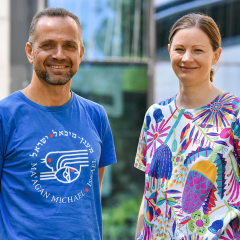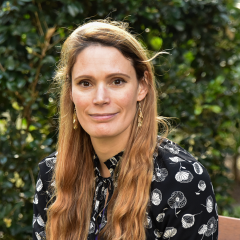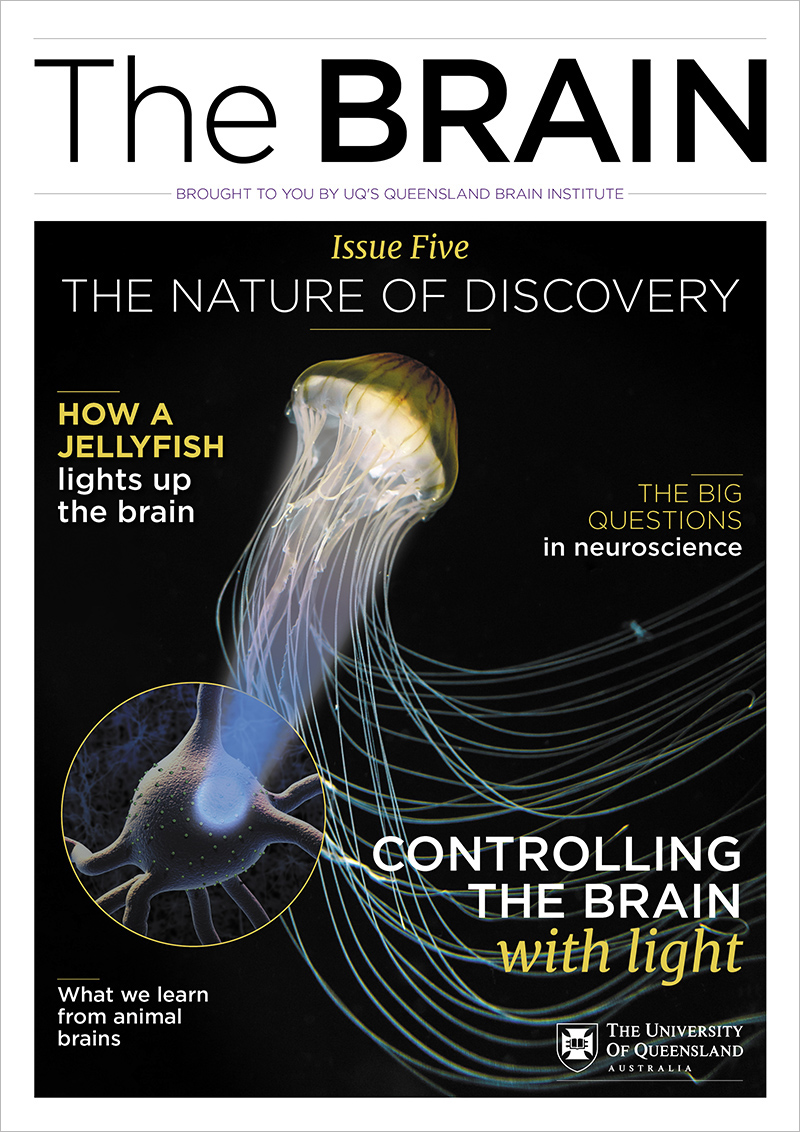Podcast: How does a teenager’s brain assess risk in decision-making?
How do we make choices? And what happens in our brain when we do? Cognitive Neuroscientist Professor Jason Mattingley and his team study human brain activity and structure and how people pay attention, prioritise information and decide. With adolescence being a time of great change, the team is fascinated with how young people assess risk and develop an understanding of what’s at stake. It’s one of several studies the team conducts to understand the complex brain processes that give rise to human behaviour.
In this engaging conversation, Jason delves into:
- Why it’s important to study the decision-making of healthy teenagers
- How decision-making changes when you’re stressed and as you age
- The science behind following your gut instinct
- Whether changing your mind is a good thing
- What happens when there is no ‘right’ answer?
Share this episode
Related Papers and Resources
State-dependent effects of neural stimulation on brain function and cognition.
Media-multitasking and cognitive control across the lifespan
On second thoughts: changes of mind in decision-making




